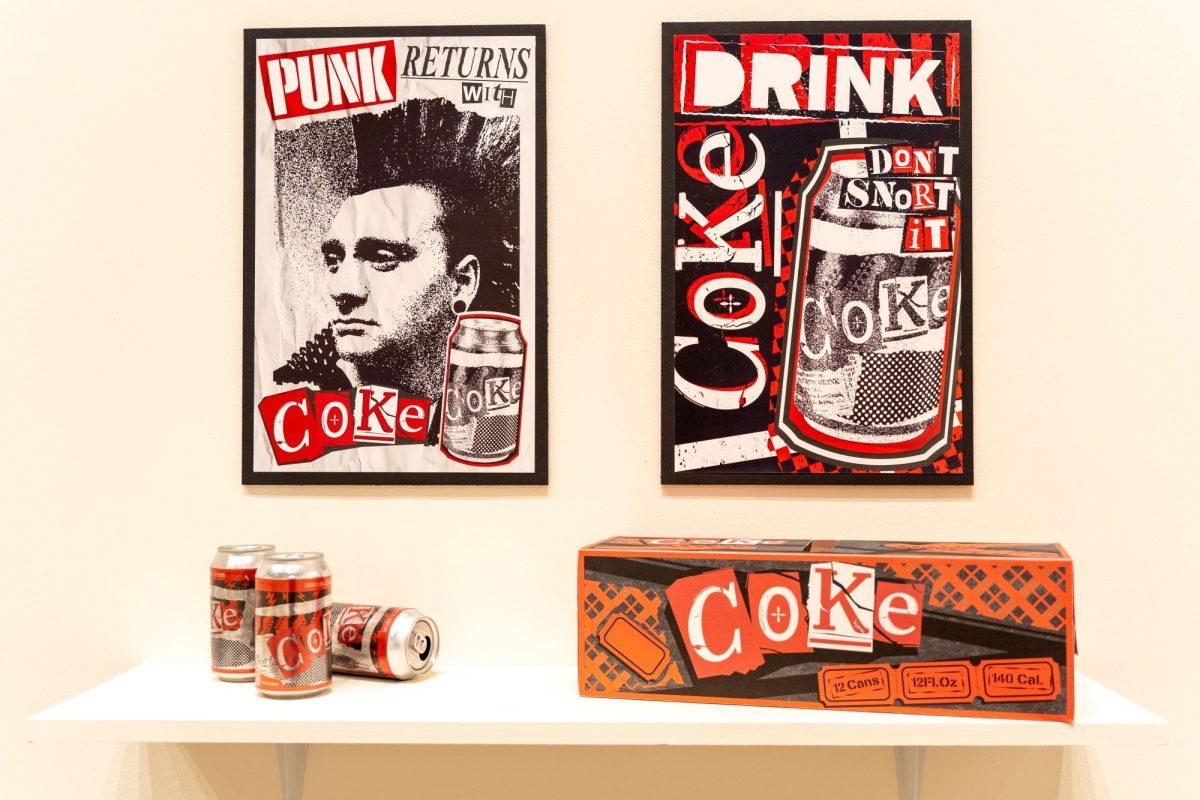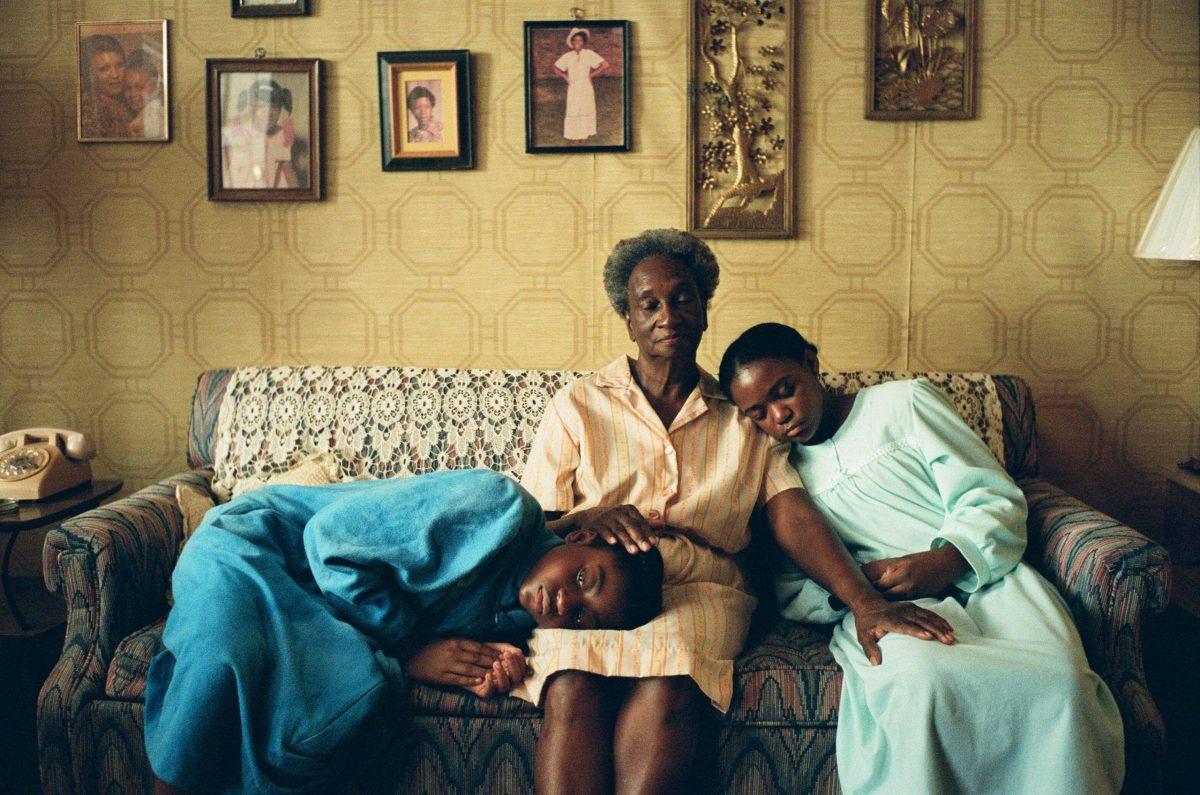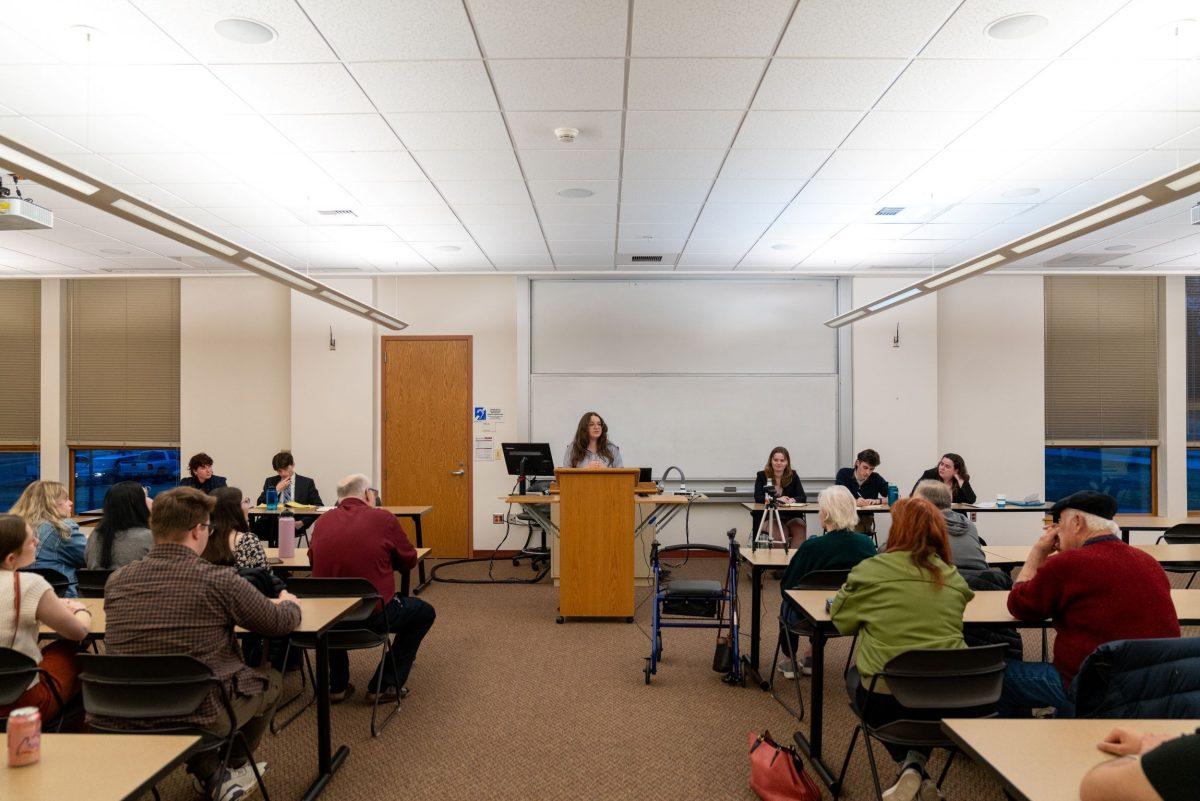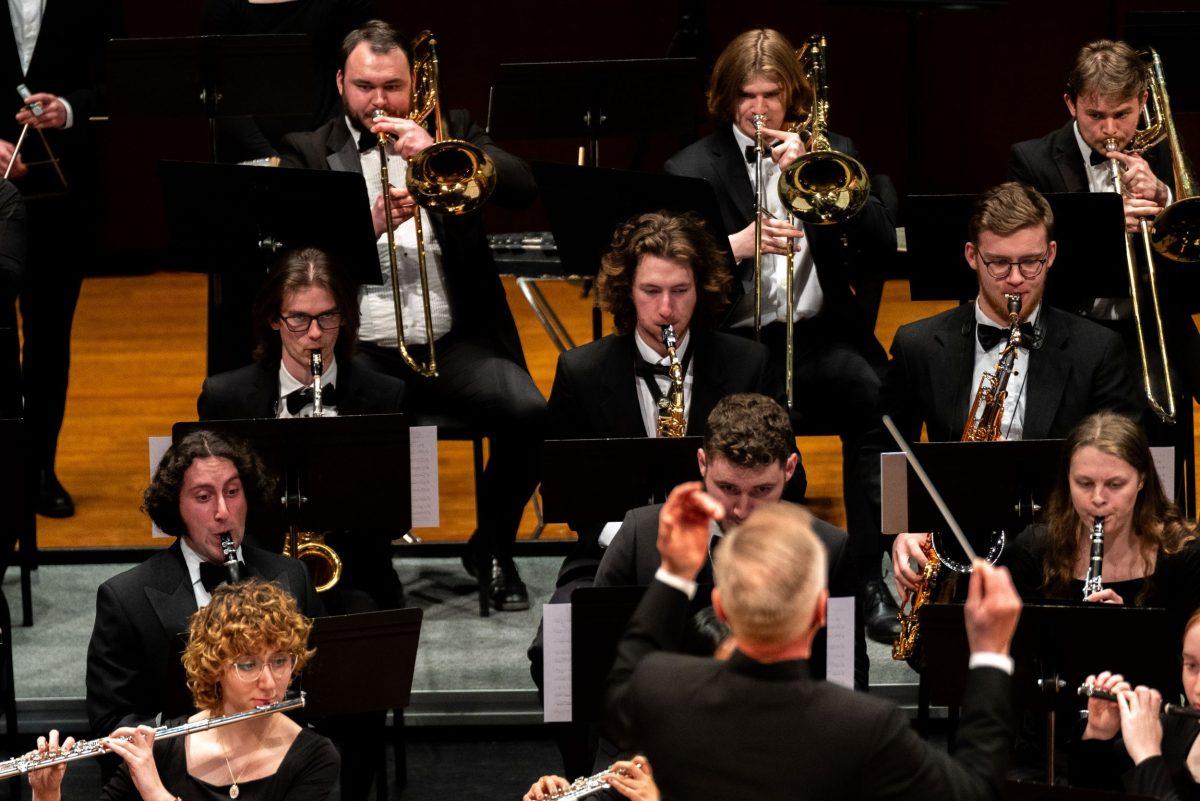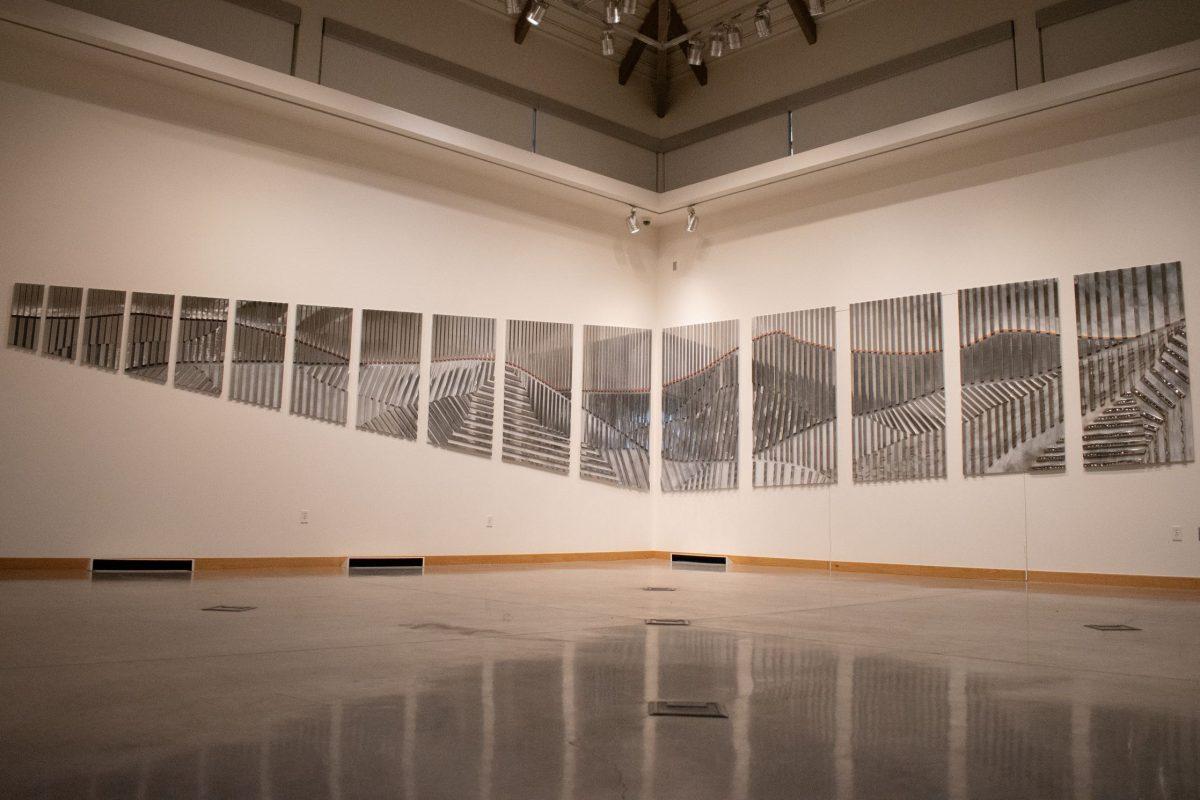by Madison Garner
Whitworth’s Macmillan Hall, built in 1914, boasts traditions and a history that accompany its age. Three Spokane churches, whose construction began before 1914, possess their own history as well and are registered as Historic Buildings of Spokane.
St. Joseph’s Catholic Church
St. Joseph’s Catholic Church, located in West Central, is the only Catholic church in Spokane registered as a historic building. The architectural style of the building is Late Gothic Revival style.
The church was built because, in the 1880s, only one Catholic church existed in Spokane. Reverend Bishop Junger decided to bring a Parish to the north side of the Spokane River. A simple wood frame church was built, but within 9 years the church became overcrowded. The decision was made to build a larger, more permanent church.
After selling and relocating the frame of the church, construction for the new building began. The church was dedicated Oct. 27, 1901. Eight years later, the church was enlarged and remodeled.
Architect Julius A. Zittel built the church free of charge. Zittel was born in Germany and immigrated to America. Though his last name means a lazy, unambitious person in German, according to ancestry.com Zittel became an accomplished architect. According to the Pacific Coast Architecture Database, Zittel built a variety of buildings in the Northwest. His work ranges from Spokane City Hall to Finch Elementary School to the Western Washington Hospital for the Insane. He became the Washington State architect in 1897.
In designing the church, Zittel’s German ancestry may have played a role. The windows in the church, donated by church parishioners, are antique German cathedral glass.
Sister Irene Knopes is a part of the church staff today and she said she believes the windows are Spokane’s best.
“We have the most beautiful stain-glass windows in Spokane,” Knopes said. “They were imported from Italy and Germany back in 1901 and 1912. It was a huge sacrifice by the parish to do that.”
The church is a symbol for the spread of the Catholic religion and settlement in the West Central community, according to the Spokane County Register of Historic Places.
Beyond its history, the church holds meaning to people today.
“For me personally it is a honor to be around so many people who have lived here and gone to church here all their lives, for sixty years,” Knopes said. “They tell me the traditions of the parish.”
Westminster Congregational United Church of Christ
This church is the oldest standing church in Spokane. Built in 1890, the architectural style of the church is Richardsonian Romanesque.
At that time, Spokane was recovering from a fire responsible for destroying 36 square blocks.
Other congregations stayed with a simple frame building, while the First Congregationalists dared to build a lasting, permanent building.
The church is one of the few Spokane buildings built with rough-cut granite layered in broken courses.
Reverend Cowley, the founding pastor, came to Spokane to teach the Spokane Indians. When he arrived, he founded a church.
The current Westminster pastor, Andy CastroLang, said Cowley’s ministry was short lived.
“Cowley was only a pastor for a few years because his real heart was teaching and founding schools for the tribal adults and kids and pioneer families who came in,” CastroLand said.
Cowley was involved in the city development. He created the city’s first daily paper. He also received 20 acres of land from Chief Enoch. The land was also land allocated to the Northern Pacific Railroad. The Federal Court recognized Cowley’s claim, making Cowley the winner of the greatest land case in Spokane’s history.
The architects were Worthy Niver and John K. Dow. Little is known about Niver. Dow is the same man who designed Christ the Redeemer Church.
“The original sanctuary building was established by laying down a cornerstone and they added to it little bits at a time,” Castrolang said. “They built the church and the church ladies came to the men of the church and said, ‘Where’s the kitchen? Wheres the social hall? Where are we supposed to get together?’ The men dug wheelbarrow by wheelbarrow underneath the church to build it.”
The church entered financial trouble and merged with West Presbyterian, whose church had been consumed by the fire.
Both churches benefited from the merger. First Congregational lacked a pastor, but had a building. Westminster lacked a building, but had a pastor. When they combined, Westminster asked to keep their name.
“Back then it was hard to keep a pastor and a building,” Castrolang said. “A lot of congregations were rising and falling. A pastor would ride in on a horse and ride out a few years later.”
It was years later that the freeway came through. Several churches moved to the suburbs. Westminster decided to stay.
“Westminster has a long a history and ghosts, good ghosts, and stories of the living and the dead,” Castrolang said.
Grace Baptist Church
The plan for the church arose during an 1890 meeting of Baptists in the home of Mr. and Mrs. O. C. Ross. A week later, the group met in the Spokane County Courthouse. The congregation consisted of 18 members. Over the next few weeks, a church began to form. A permanent preacher was found, a Sunday School started, and services started occurring regularly in the courthouse. While the location provided a temporary solution, other groups often met there too and resulted in a competition for space.
The church purchased land and built a simple building. The original name of the church was North Side Baptist Church. As the church grew, its scope expanded beyond the north side. The name changed to Grace Baptist Church.
Growth continued and the need for a new building arose. The church purchased a new lot in 1903 and building began. This building was gothic revival style architecture.
The architect for Grace Baptist Church was John K. Dow. Dow moved to Spokane to take advantage of the opportunities in Spokane, according to the Washington State Department of Archaeology and Historic Preservation. A large portion of downtown needed to be rebuilt because the city recently suffered under a disastrous fire. Dow worked in Spokane for 50 years, creating a variety of buildings. He made the city’s first skyscraper, the August Paulsen building.
Contact Madison Garner at [email protected].

